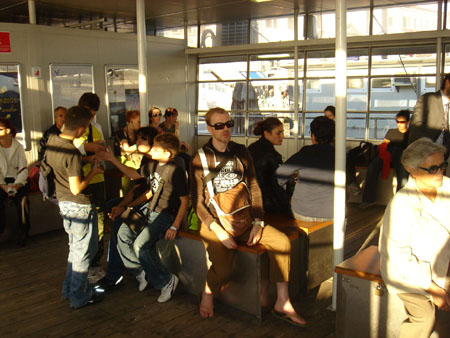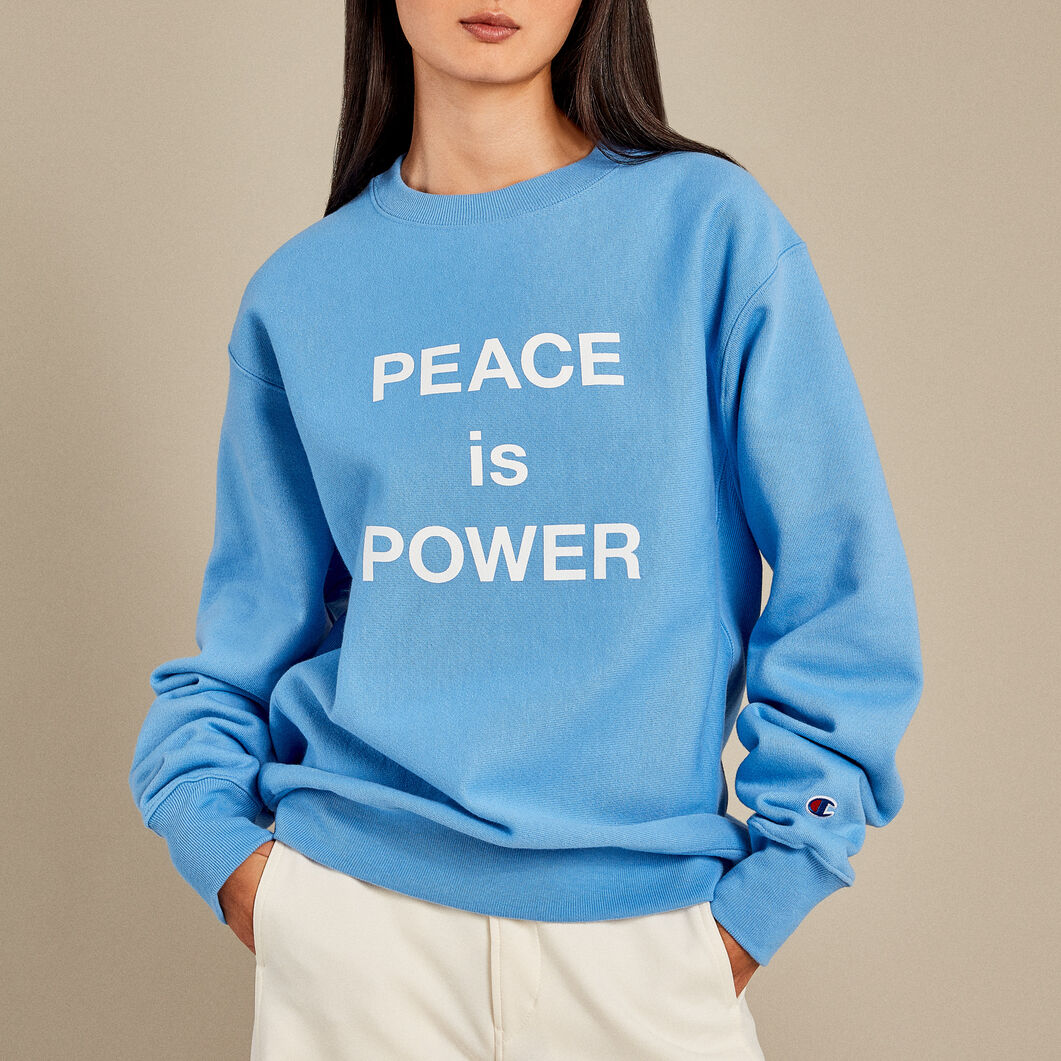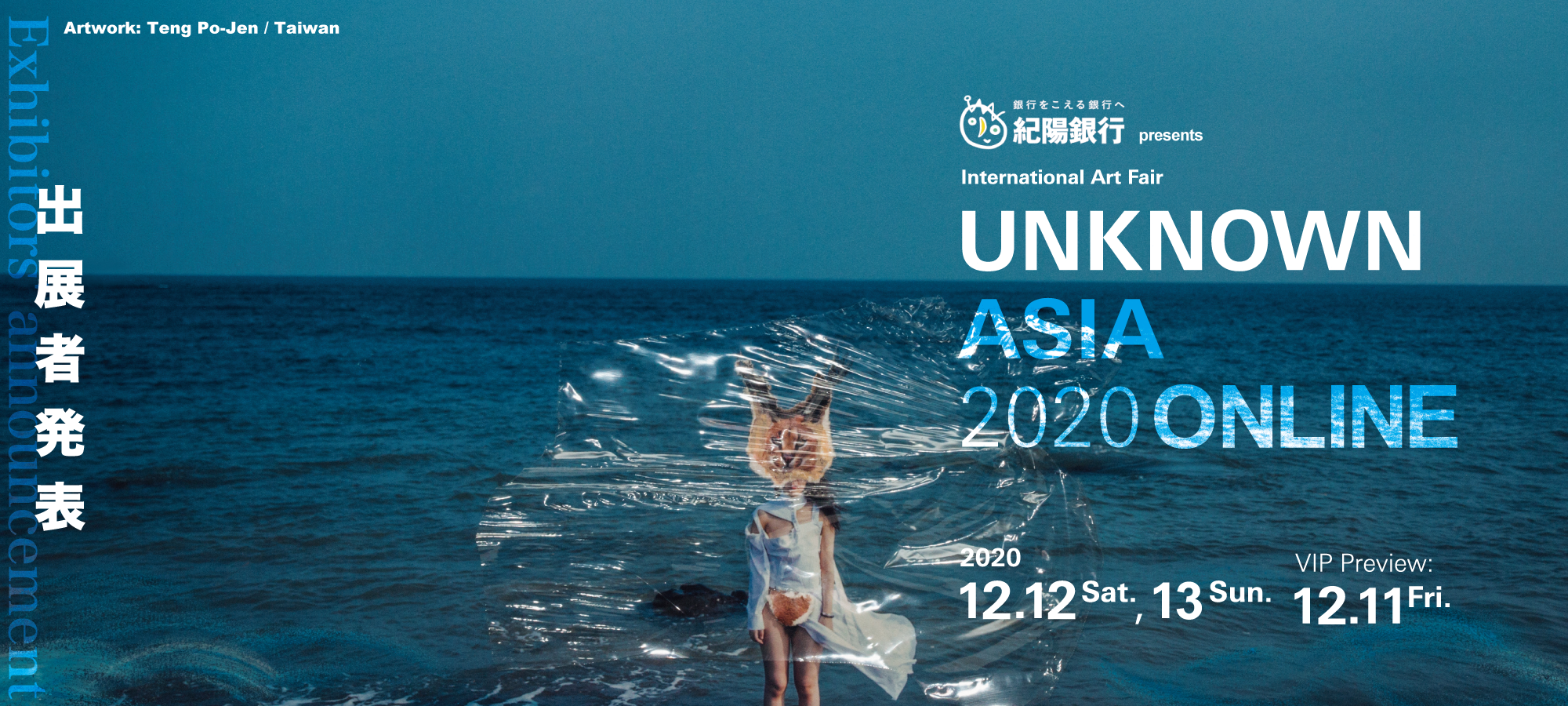MOMUS
PEOPLEText: Francesco Tenaglia
Momus has always been fascinated by Japan – when he was seven he wrote “I can see Japan”, a song that he included in his 1998 album “Little Red Songbook”. With time, the Land of the Rising Sun became for him an inexhaustible inspiration, a motif of his work and a second home. In the essay “Cute Formalism“, Nick discusses the sophisticated formalism that is pervasive in the consumer culture in Japan at all levels.

“Cute Formalism is just a term that came into my mind, almost by magic when I was walking down one of Tokyo’s luxury streets, in 2001. Maybe I was on my way to buy some records on the label Childisc and I thought there was something about this child-like formalism: it’s very formalist, in the sense that it’s using avant-garde techniques like collage and decoupage and chopping things up, very advanced techniques with very advanced technologies but at the same time there’s a sense of playfulness and it’s child-like. But the most important thing is that in the West we had this 20th century avant-garde formalism which was very scary and masculine, like Stockhausen or Greenberg, and it seems to me that the Japanese have a consumer version of it which is child-like and feminine. One of the feelings I had about Japan is that it’s an advancement of our civilisation in the sense that maybe we will all become more feminised as our consumer culture becomes more advanced. I was thinking about Cute Formalism when I was walking past the Laforet building, a department store in Harajuku, on the top of which there’s an art museum. So art is a continuation of shopping but also shopping is a continuation of art. It works both ways. It’s a very sophisticated shopping experience and there is no post-puritanical sense of shame”.
Last summer Nick Currie was involved in a performance-art show with Mai Ueda called “I’ll Speak, You Sing” at the Zach Feuer Gallery in New York. In this for three consecutive weeks he improvised stories during the opening hour of the exhibition spaces. “As a result of that I’ve been asked back to be in a major museum show for three months next year. Everyday I’ll be in this museum giving a performance but I’m not allowed to tell you the name of the museum because it’s not been announced yet”. The show was an extension of his solo exhibition “Folktronic” (LFL Gallery, 2000) in which Momus enriched the popular culture of an imaginary country – a sort of artificial, digital version of rural America at the start of the twentieth century – by improvising accounts of the life of the gallery’s visitors and recording their versions of the songs contained in his album “Folktronic”.
“I’ve always been so interested in art as a sideline. All the art students I know are cynical and bitter about the art world because they are too close to it, but you can just see it as scrap-book of ideas. Like the Venice Biennale: 80% of it is useless to me, but then there is the other 20% which is really interesting. Like the Sergio Vega piece, I really liked it. When he says ‘Burlesque Marxism’ bench or something. What is Burlesque Marxism? It sounds crazy but it’s exactly the way I work. If we put this category with that category, in themselves they are boring, but if you put them together it could make some very interesting hybrid. That kind of thinking is always done very well in the art-world. People have very unusual and original associations that you don’t have in pop music, which is more emotionally conservative”.
Currently Momus lives in Berlin (“A post-work city, it’s post-industrial in the sense that people are very laid back and relaxed”). He has become a presence in the design community; he commissions CD covers that follow the music and become increasingly interesting, for example the marvellous stage filled with wooden pieces designed by Florian Perret for “Oskar Tennis Champion”, or the sinuous two-dimensional pattern by James Goggin for the latest CD, “Otto Spooky”.
The interview ended with a question on what visual experiences Momus found most engaging and which designer would he most like to work with: “Well, Nature or chance or God or whatever we call it is the ultimate designer. Looking down at the world from a plane is perhaps my favourite visual experience. I’d like to work with whoever laid that stuff out!”.
Text: Francesco Tenaglia
Photos: Nick Currie







